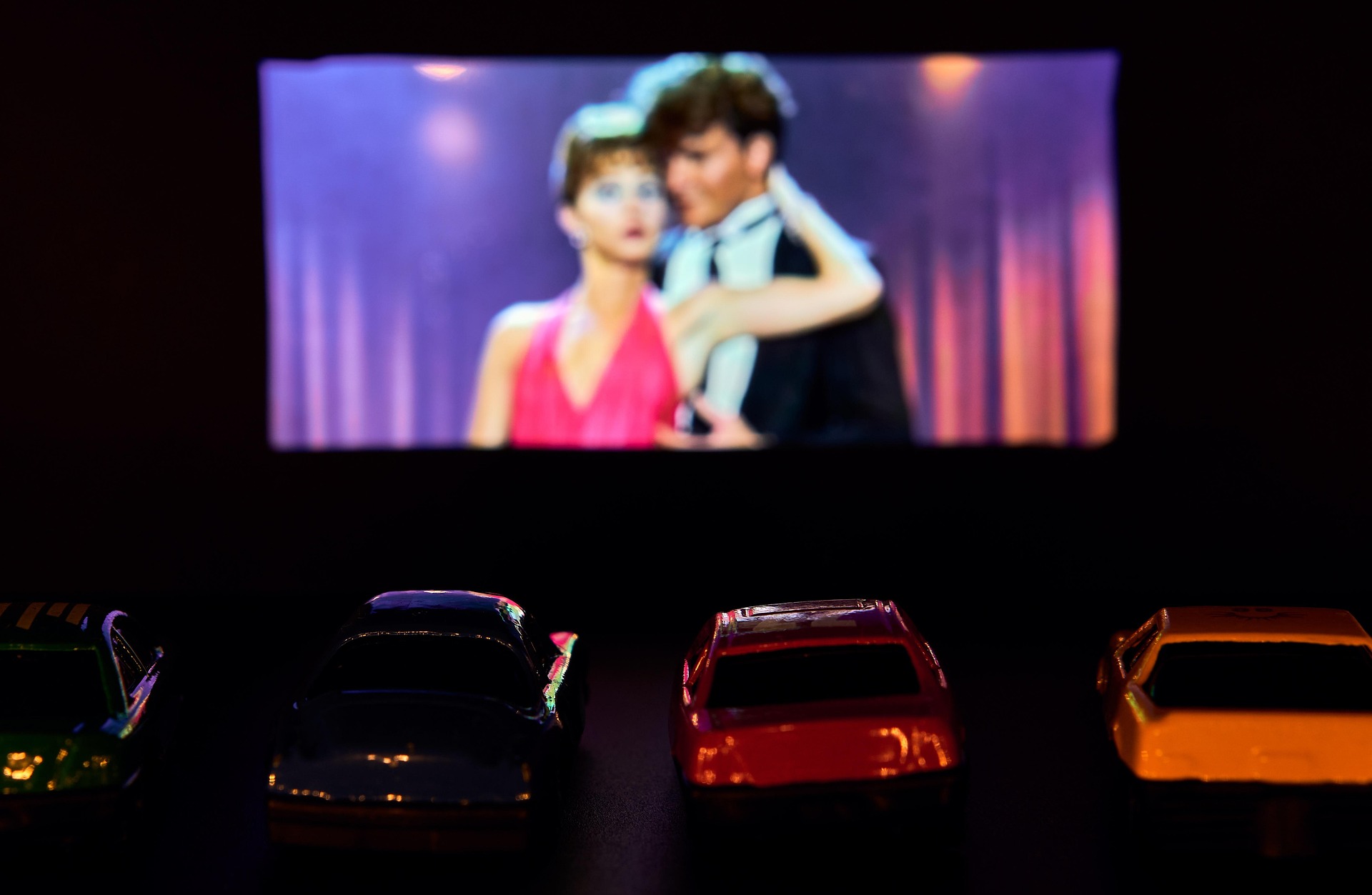The Unveiling of Hyperrealism: A Modern Movement in Fine Arts
Hyperrealism, a genre of painting and sculpture that resembles a high-resolution photograph, is currently creating waves in the arts scene. This article delves into the backstory of hyperrealism, its current presence, and the substantial impact it has had on the arts and entertainment industry.

The Genesis of Hyperrealism
The term hyperrealism was coined by Isy Brachot, a Belgian art dealer, during an art exhibition in Brussels in 1973. Hyperrealism was born out of Photorealism, an art movement of the late 1960s and early 1970s in the United States. Artists began to use photographs as their primary source of reference, projecting these images onto their canvas and faithfully reproducing the details.
Current Scenario: Hyperrealism Today
In recent years, hyperrealism has gained significant traction, with artists pushing the boundaries of what can be achieved with paint and brush. They aim to capture life-like precision and detail, often blurring the line between reality and art. Hyperrealist artists employ high-definition techniques to enhance the illusion of reality, often causing viewers to question whether what they’re seeing is a photograph or a painting.
The Impact of Hyperrealism
Hyperrealism has had a profound impact on the arts and entertainment industry. It has challenged traditional art forms and perspectives, inviting viewers to experience art that feels more tangible and real. The genre has been met with both awe and criticism. Some laud the skill and precision needed in this form of art, while others argue that it lacks the interpretive, emotional essence of traditional painting.
The Significance of Hyperrealism
The significance of hyperrealism extends beyond its aesthetic appeal. It presents a new form of visual storytelling, allowing artists to capture and depict reality in ways that traditional art forms cannot. It has pushed the boundaries of artistic expression and technique, redefining what is possible in the realm of fine arts.
Reception of Hyperrealism
The reception of hyperrealism has been largely positive, with exhibitions attracting large crowds and works being sold for high prices. Artists like Roberto Bernardi, Diego Fazio, and Jason de Graaf have gained international recognition for their hyperrealistic works. However, the genre has also faced criticism from those who believe it lacks the nuance and emotional depth that traditional painting affords.
Hyperrealism, with its high-definition detail and lifelike precision, has carved out a unique space in the arts and entertainment industry. It has challenged traditional norms and pushed the boundaries of what is possible with a brush and canvas. As the movement continues to evolve and adapt, one thing is certain: hyperrealism is here to stay.


